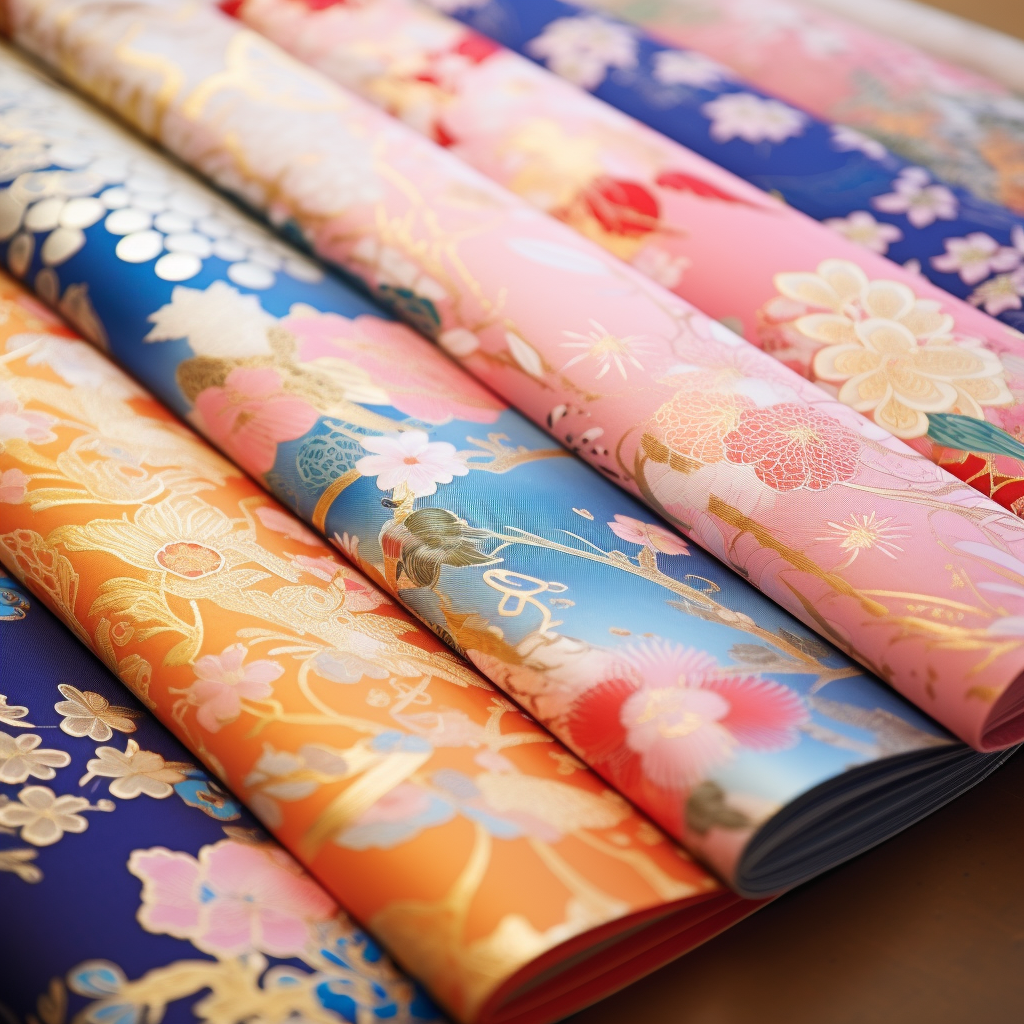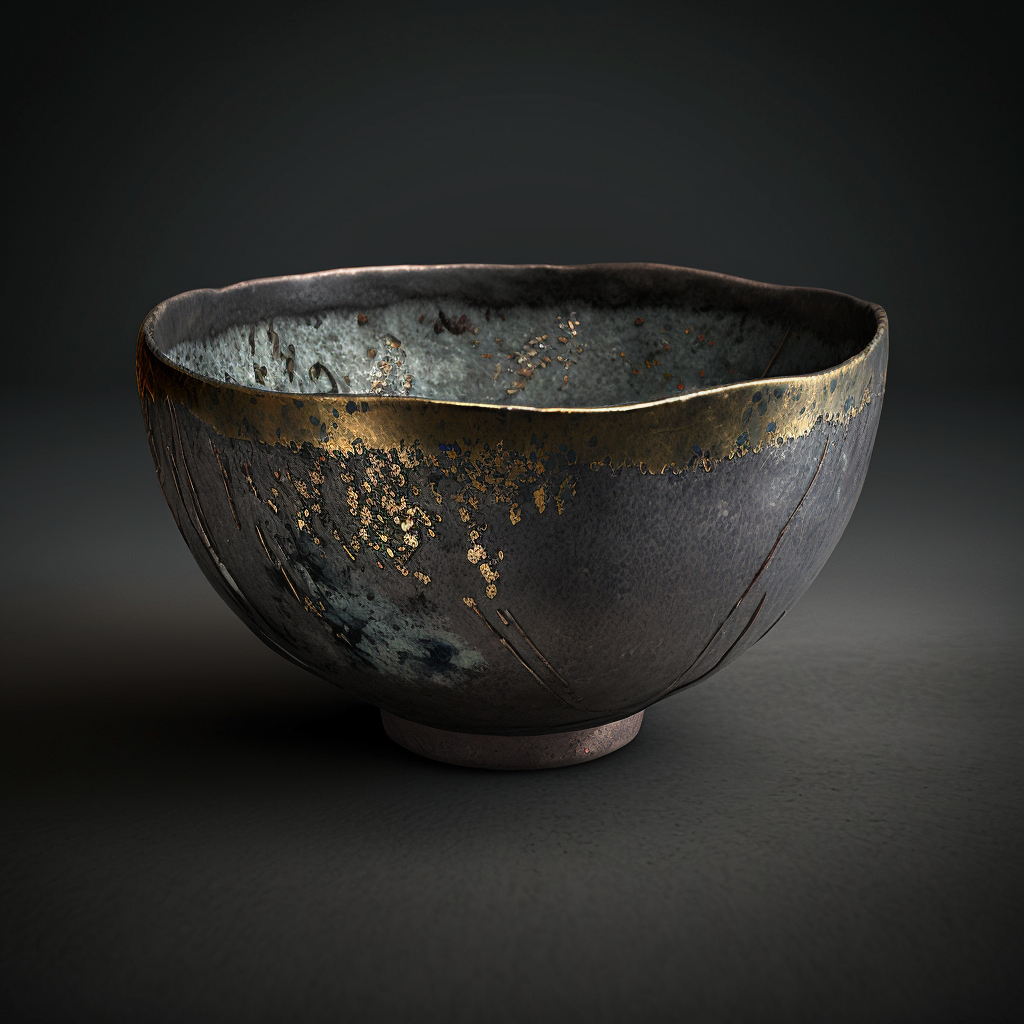Washi, a national treasure of Japan, embodies the very essence of traditional craftsmanship and paper art. This unique form of Japanese paper is more than just a material; it is a cultural heritage that has spanned the centuries, gaining worldwide fame for its exquisite texture and exceptional durability.
History of Washi
Ancient Origins
Washi has deep roots dating back over 1,300 years. Originally imported from China, it has evolved to become a true expression of the Japanese soul. Early craftsmen perfected manufacturing techniques, creating a paper that would become iconic in Japanese culture.
An Art Passed From Generation to Generation
Over the centuries, Washi making has become a family tradition passed down from generation to generation. The manufacturing secrets, jealously guarded, have been preserved by families of artisans, contributing to the richness of this unique artisanal practice.
Making Washi
Natural Materials and Sustainability
Washi is made from natural plant fibers, such as kozo, mitsumata and gampi. These materials give the paper its exceptional lightness, flexibility and strength. The eco-friendly approach to making Washi makes it a sustainable and eco-friendly choice.
Artisanal Manufacturing Process
Washi, Japanese paper, is created with meticulous craftsmanship, using traditional methods that have been perfected over the centuries. The process of making Washi is a blend of artistic skills, inherited techniques, and a deep connection with nature.
-
1. Selection of Materials
Natural Fibers :
Washi is often made from three main natural plant fibers: kozo (mulberry bark), mitsumata (shrub) and gampi (bush). Each of these fibers imparts unique properties to the finished paper.
-
2. Preparation of Fibers
Kozo :
Kozo fibers require a process of soaking, steaming and beating to make them usable. This process produces long, fine fibers.
Mitsumata and Gampi :
Mitsumata and gampi fibers also undergo soaking, steaming, and beating stages, but their preparation may vary depending on the specific fiber.
-
3. Dough Formation
Neri (Glue):
The prepared fibers are mixed with a solution of neri (plant glue), often extracted from the roots of tororo-aoi (hibiscus) to create a fibrous paste. The proportion of neri influences the texture and resistance of the Washi.
Choice of Weight :
Depending on the intended use, the paste can be adjusted to create sheets of paper of different weights, from thin and light to thicker and sturdy.
-
4. Leaf Formation
Suketa (Sleeping) :
The dough is gently spread onto a flat surface, called a suketa, creating a thin, uniform layer of fibers. This step requires great skill to obtain an even distribution.
Nagashi-zuki (Paper Wetting) :
The dough sheet is carefully removed from the suketa and immersed in water to remove excess neri. This strengthens the bond of the fibers while preserving the flexibility of the paper.
- 5. Pressing and Drying
Tojizuki (Pressing) :
The sheet of paper is pressed between bamboo leaves to remove excess moisture. This process results in a denser, more uniform sheet of Washi.
Natural Drying :
The Washi sheets are then hung to dry in the open air. This natural drying helps preserve the unique qualities of the paper.
-
6. Finishing and Use
Traditional Finishes :
Some Wasabis undergo additional treatments to create specific finishes, such as momigami (crinkled) or karakami (printed patterns).
Artistic and Practical Uses :
Once Washi sheets are dried, they are ready to be used in a multitude of artistic applications, from printmaking to calligraphy, as well as more practical uses such as creating lanterns, fans, and more. other handicrafts.
Washi Applications
Visual Arts and Crafts
Washi serves as the perfect canvas for visual artists. Its unique texture and ability to absorb pigments make it an ideal support for prints, paintings and calligraphy. Additionally, it is used in the creation of lanterns, screens and other traditional crafts.
Contemporary Use
Although deeply rooted in tradition, Washi has also adapted to contemporary needs. It is found in the creation of luxury stationery, interior decoration items and even in the fashion industry. This versatility has allowed Washi to remain relevant in the modern world.
Japanese Washi embodies a harmonious balance between tradition and modernity. Rooted in Japan’s ancient history, this handmade paper continues to captivate the world with its timeless beauty and exceptional quality. Whether through the hands of traditional artists or in contemporary applications, Washi remains a national treasure that transcends cultural boundaries.



